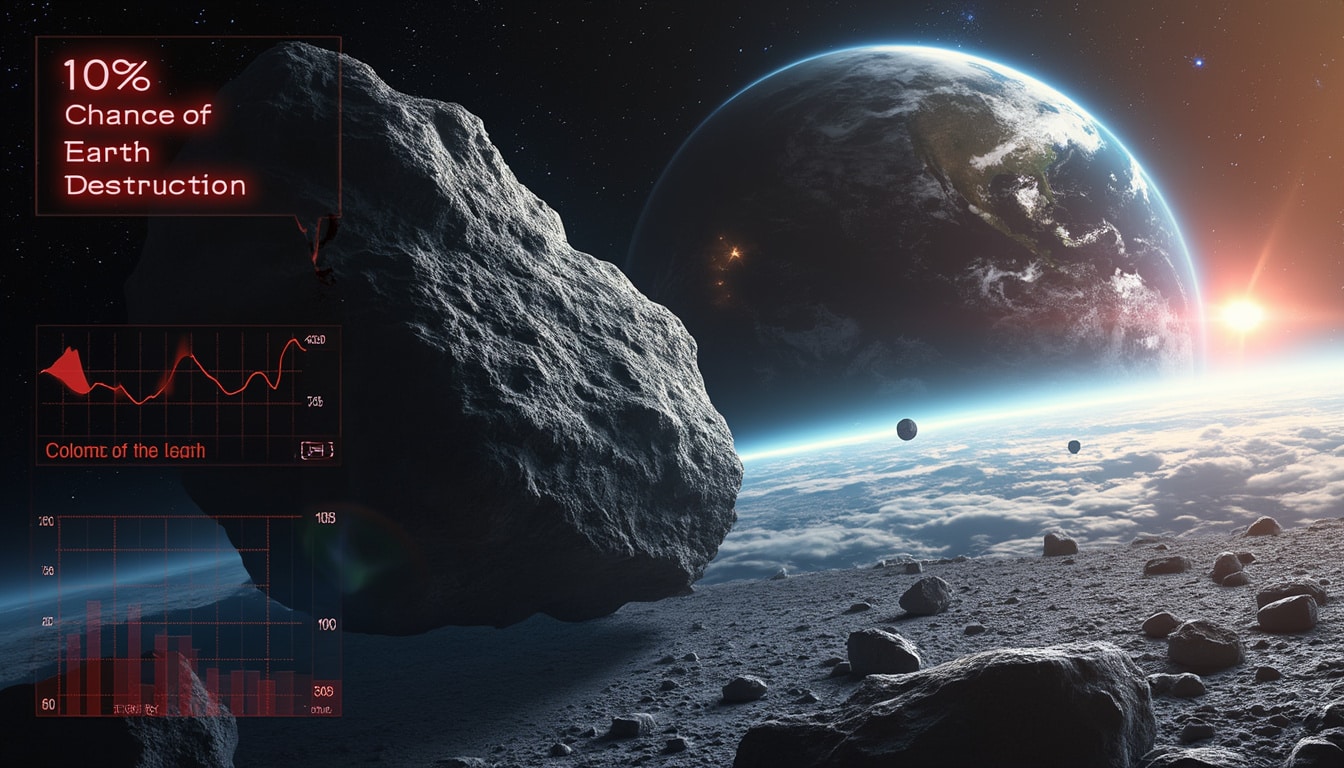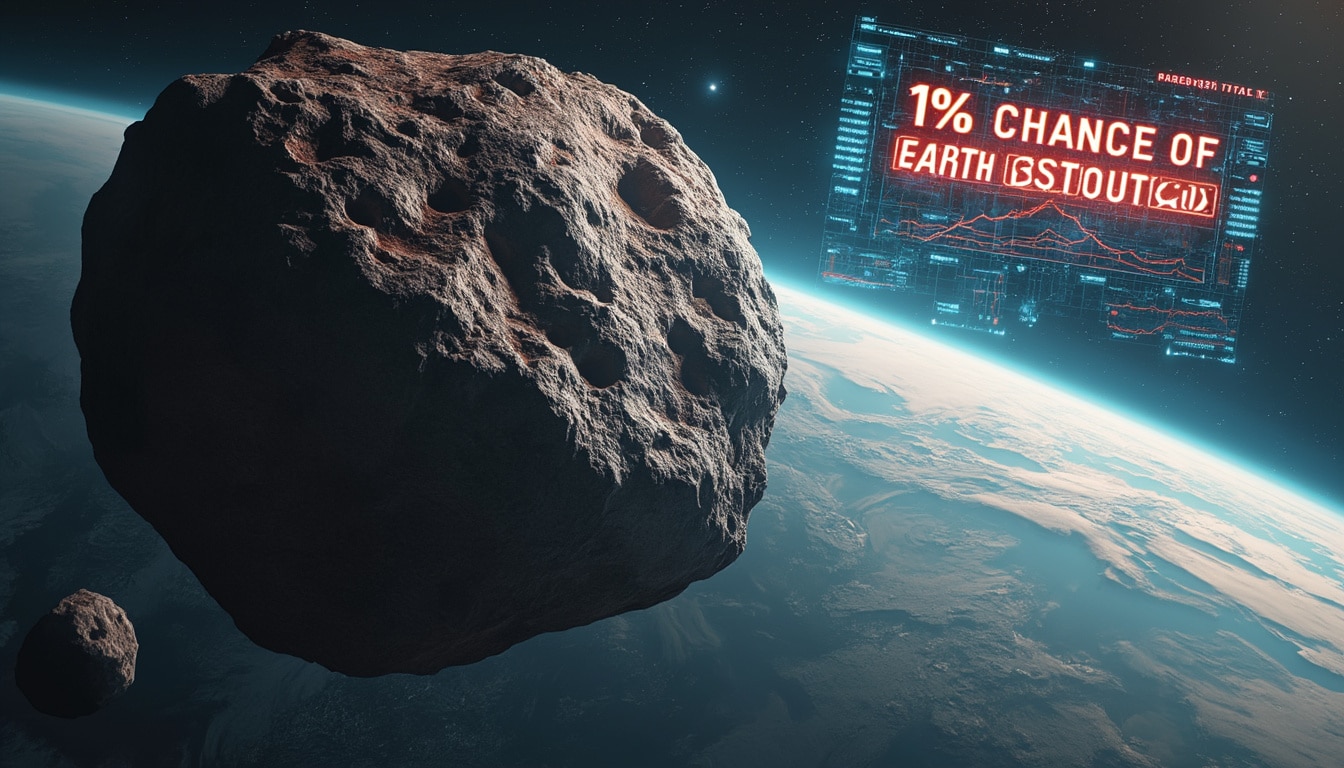Asteroids are like cosmic ninjas silently gliding through space, until one day, one gives Earth a potential high-five. Scientists have recently detected an asteroid named 2024 YR4 that’s caught their eye with a concerning statistic: a slightly more than 1% chance it could collide with our beloved planet in 2032. Before you rush to don your hard hat and build a bunker, it’s worth noting that these early estimates can change as astronomers continue to sip their space-flavored coffee and gather more observations. Nevertheless, this rock’s headline-worthy odds certainly warrant some nervous side-eye glances from Mother Earth herself.

Table of contents
ToggleAsteroid detection: the universe’s unpredictable dance
In a not-so-far-off cosmos, somewhere out there, a feisty little space rock known as asteroid 2024 YR4 is taking the interstellar community by storm. Discovered by the ever-watchful folks at the NASA and ESA, this rock hovers a mere 43 million kilometers away from Earth. Despite what grandma might say about « far away, » in terms of planetary orbits, that’s practically next door! With only a slightly more than a 1% chance of collision, you’d think folks would be more relaxed, but the situation is akin to having a hornet in your room; the likelihood of it stinging is low, but man, the anxiety is there!
Luminaries of the observatory: spotting cosmic visitors
The peaceful night sky isn’t watched by lovers and poets alone. Behind the scenes, grand telescopic observatories like the Catalina Sky Survey (try saying that five times fast) have their lenses continuously pointed skyward. These stellar-eyed mavericks ensure we get early hints of any incoming cosmic party crashers. Thanks to the ever-vigilant telescopes, we now know that our celestial buddy, 2024 YR4, is roughly the size of a skyscraper – making trips to the office difficult should it decide to drop by uninvited. Still, with a less than 1.3% chance of risking those colliding paths, our cosmic banquet may still continue unperturbed.
Calculating hazard: truth or asteroid tale?
While terms like the Toronto Impact Hazard Scale might roll off the tongue less smoothly than expected, they play a key role in understanding potential threats. The scale, rated from 0 to 10 (where 10 means it’s « game over » for large swathes of humanity), puts 2024 YR4 at around the modest score of 3. Not exactly popcorn-worthy, but enough to watch closely. Experts, like those from the NASA JPL Center for NEO Studies, caution that initial probabilities often change as new observations come in. So, while currently clinging onto a microscopic 1.2% impact chance, there’s always room for that number to laugh in the face of predictability and change. But for now, your asteroid insurance is safe; it’s time to return to binge-watching asteroid documentaries without fear!














